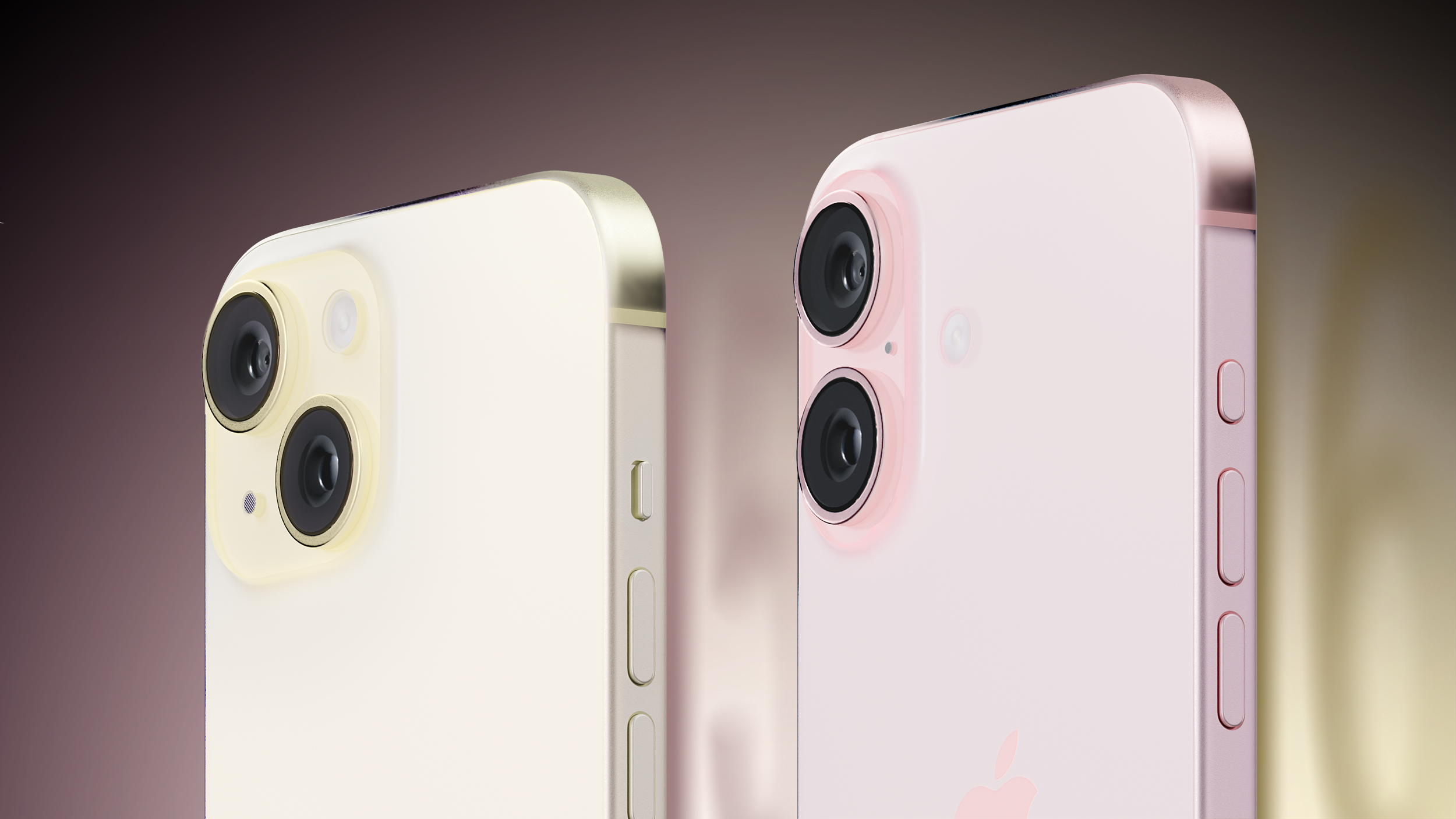
The iPhone 16 and iPhone 16 Plus launch later this month, offering 35 changes and improvements over their predecessors. Here's everything that's different.

While Apple's latest models bring a variety of enhancements, the most significant change is support for Apple Intelligence, a new AI system that transforms how you interact with your device by offering smarter notifications, text summarization, and contextual information. The iPhone 16 also features the Action Button and Camera Control button, which provide more intuitive ways to access key functions.
But beyond these headline features, how much of an improvement does the iPhone 16 really offer? This guide breaks down the differences between the iPhone 15 and iPhone 16 models to help you understand all of the changes and determine whether these enhancements are enough to justify making the switch from an iPhone 15.
This guide focuses on the iPhone 15 and iPhone 16, but to learn about how the iPhone 16 Pro improves on the iPhone 15 Pro, see our other comparison guide.
Design and Displays
The iPhone 16 introduces several design and display upgrades over the iPhone 15. The shift to vertically arranged cameras facilitates spatial video capture and looks more modern. Durability is also improved with the next-generation Ceramic Shield, which is twice as strong as the previous version. Additionally, the customizable Action Button replaces the traditional Ring/Silent switch and a new Camera Control button streamlines photography.
| iPhone 15 | iPhone 16 |
|---|---|
| Diagonally arranged rear cameras | Vertically arranged rear cameras |
| ~2–4 nits minimum brightness | 1 nit minimum brightness |
| Ceramic Shield front glass | Next-generation Ceramic Shield front glass (2x stronger) |
| Improved thermal design for better heat dissipation | |
| Ring/Silent switch | Action Button |
| Camera Control capacitive button with sapphire crystal cover | |
| Available in Green, Blue, Pink, Black, and Yellow finishes | Available in Teal, Ultramarine, Pink, Black, and White finishes |
[td][/td]
[td]Easier battery service[/td]
Artificial Intelligence
The iPhone 16 includes support for Apple Intelligence, a significant upgrade absent in the iPhone 15. This artificial intelligence system enhances the iPhone's ability to understand and process personal context, offering features like Visual Intelligence, which can recognize objects and scenes through the camera and provide relevant information, such as restaurant or product details.
| iPhone 16 |
|---|
| Apple Intelligence (including priority notifications, text summarization, system-wide writing tools, audio transcription, Genmoji creation, personalized suggestions, and more) |
| Visual Intelligence, allowing users to pull up contextual information about objects or scenes in front of the camera (such as restaurant details or product info) |
Apple Intelligence features like priority notifications, text summarization, and system-wide writing tools can significantly enhance the experience of using the device, making the iPhone 16 a substantial upgrade over the iPhone 15 in this area.
Chip, Memory, and Connectivity
The iPhone 16 brings notable improvements in performance and connectivity over the iPhone 15, driven by the A18 chip built with TSMC's 3nm process, which is more efficient and powerful than the iPhone 15's A16 chip. The 6-core CPU is up to 30% faster, while the upgraded 16-core Neural Engine is optimized for running generative models, doubling the speed of machine learning tasks. In terms of graphics, the iPhone 16's 5-core GPU delivers a 40% boost in performance and introduces hardware-accelerated ray tracing, enhancing gaming and visual effects.
Memory and connectivity also see significant upgrades, with the iPhone 16 offering 8GB of RAM, a 33% increase over the iPhone 15, and the introduction of Wi-Fi 7 and Thread networking for better wireless performance and smart home integration.
| iPhone 15 | iPhone 16 |
|---|---|
| A16 Bionic chip (TSMC's "N4P" enhanced 5nm process) | A18 chip (TSMC's "N3E" enhanced 3nm process) |
| 6-core CPU | 6-core CPU (up to 30% faster) |
| 16-core Neural Engine | Upgraded 16-core Neural Engine optimized for generative models (runs ML models 2x faster) |
| 5-core GPU | 5-core GPU (up to 40% faster) |
| Hardware-accelerated ray tracing | |
| 6GB memory | 8GB memory (+33%) |
| Wi-Fi 6 | Wi‑Fi 7 (802.11be) with 2x2 MIMO |
| Thread networking technology |
The performance gains with the A18 chip and enhanced GPU are particularly meaningful for users who engage in gaming, video editing, or other graphics-heavy tasks. The hardware-accelerated ray tracing will greatly benefit gamers, making the iPhone 16 capable of rendering more realistic lighting and shadows. Meanwhile, the Neural Engine upgrade doubles the speed of machine learning tasks such as Apple Intelligence.
For everyday users, the jump from 6GB to 8GB of memory ensures better multitasking and future-proofing, while Wi-Fi 7 and Thread networking will improve connectivity speeds and compatibility with smart home devices. The iPhone 16's improvements are substantial for users who demand higher performance and future-ready wireless tech, though those who use their devices more casually might notice less immediate impact.
Camera
The iPhone 16 enhances the already impressive camera setup from the iPhone 15. The Ultra Wide camera has been upgraded with an ƒ/2.2 aperture, providing better low-light performance compared to the ƒ/2.4 aperture on the iPhone 15. The iPhone 16 also introduces Macro photography and Macro video recording, enabling users to capture detailed close-up shots, while the Camera Control button brings new levels of ease and precision to shooting photos and videos... Click here to read rest of article
Article Link: iPhone 15 vs. iPhone 16 Buyer's Guide: 30+ Upgrades Compared
Last edited:

